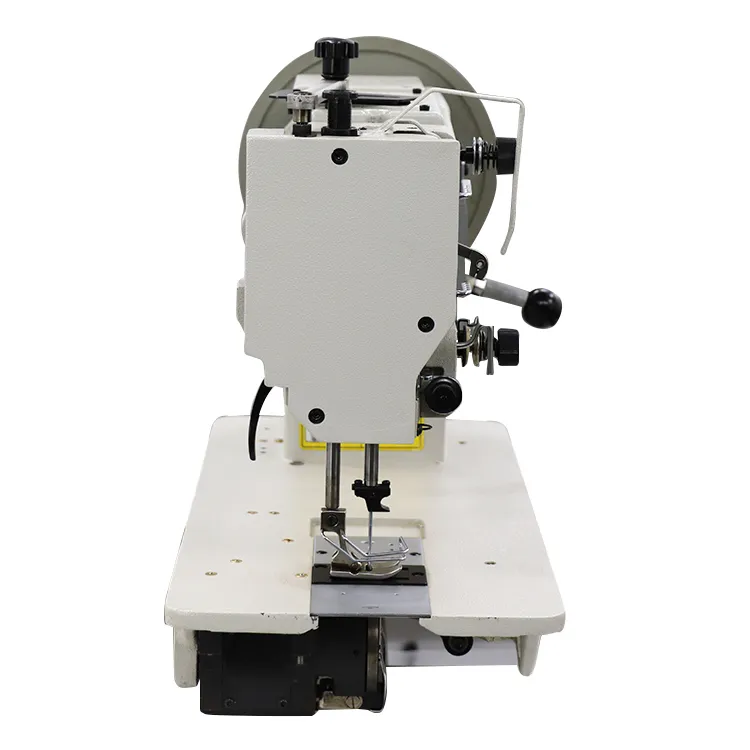Tips for Sewing Heavy Fabrics and Thick Materials Effectively
Sewing Thick Material Tips and Techniques for Success
Sewing thick material can seem daunting to many, especially those who primarily work with lightweight fabrics. However, with the right techniques and tools, anyone can achieve professional-looking results when sewing thicker materials such as denim, canvas, leather, or upholstery fabric. This article will explore tips and techniques to elevate your sewing experience and ensure successful projects.
Choosing the Right Tools
The first step in sewing thick material is to choose the right tools. Both your sewing machine and the needle you use are critical components. Here are a few recommendations
1. Sewing Machine Ensure your sewing machine is designed to handle thicker fabrics. Industrial sewing machines are typically better suited for heavy-duty projects, but many home machines also have a heavy fabric setting. If you plan to sew thick materials frequently, consider investing in a walking foot sewing machine, which has an additional set of feed dogs to help move multiple layers of fabric evenly.
2. Needles Use needles specifically designed for heavy fabrics. A size 14 or 16 universal needle will typically work well for most projects, but for particularly thick materials like leather, you might need a leather or denim needle. These needles have a sharper point that can penetrate thick layers without causing damage.
3. Thread Use a high-strength thread, such as polyester or nylon, to ensure durability. Thicker materials can place more strain on seams, so using quality thread is essential.
4. Foot Pressure Adjust the foot pressure on your sewing machine if possible. Increasing the pressure can help feed thick layers through the machine without slipping.
Preparing Your Fabric
Before you start sewing, it’s essential to prepare your fabric properly. Here are some steps to consider
2. Cutting Use sharp scissors or a rotary cutter to ensure precise cuts. Matting your fabric with a cutting mat during this process can help avoid uneven edges.
sewing thick material

3. Pinning Use plenty of pins to hold your layers together. Because thick materials can be bulky, using heavier clips such as Wonder Clips can also be helpful in maintaining an even seam without distorting the fabric.
4. Marking Use tailor's chalk or fabric markers to make any necessary markings. This helps to ensure accuracy and can guide your stitching.
Sewing Techniques
Now that you have your tools and fabric prepared, it’s time to sew. Here are several techniques to help you manage thick materials effectively
1. Start Slow When you begin sewing, take your time. Sew at a slower speed, particularly when approaching bulky seams or corners. This allows for better control and reduces the risk of needle breakage.
2. Flatten Seams Use a pressing cloth and a hot iron to flatten your seams after sewing. This step is particularly important for thick materials, as it helps achieve a professional finish.
3. Use a Longer Stitch Length For thicker materials, a longer stitch length (around 3-4 mm) can provide more strength and prevent the fabric from bunching.
4. Backstitching When starting and ending seams, use backstitching to reinforce your seams. This prevents them from unraveling under stress.
5. Tackle the Bulk In areas with multiple layers, such as corners, use a hump jumper or platform to help the presser foot stay level. This prevents skipped stitches and ensures that the fabric feeds evenly.
Conclusion
Sewing thick materials may present challenges, but with the right tools, preparation, and techniques, you can achieve impressive results. Whether crafting a durable bag, furniture upholstery, or clothing, mastering the art of sewing thick fabrics can open up a world of creative possibilities. Embrace the learning process, experiment with different projects, and soon you’ll find yourself confident and capable in tackling any thick material you choose. Happy sewing!
-
Heavy Duty Leather Sewing Machine: A Must-Have for Professional LeatherworkNewsMay.28,2025
-
Leather Sewing Machine: Essential for High-Quality LeathercraftNewsMay.28,2025
-
Extra Heavy Duty Sewing Machine for Premium Leather ApplicationsNewsMay.28,2025
-
Walking Foot Cylinder Arm Sewing Machine: Precision and Power CombinedNewsMay.28,2025
-
Industrial Cylinder Arm Sewing Machine: Engineered for High-Performance StitchingNewsMay.28,2025
-
Cylinder Bed Sewing Machine: A Powerful Solution for Precision StitchingNewsMay.28,2025
-
Zigzag Sewing MachineNewsMay.12,2025





























